Over the past few years, JavaScript has evolved from being just a simple client-side scripting language into an incredibly powerful programming language.
For the sixth year in a row, JavaScript is the most commonly used programming language. Last year, it reached a whooping 69.8 %.

Among the many benefits of JavaScript, one is its support for a wide variety of programming styles, including object-oriented, functional, event-driven and prototype-based programming.
And with this comes in the picture the two most popular JS frameworks, Node.js and AngularJS.
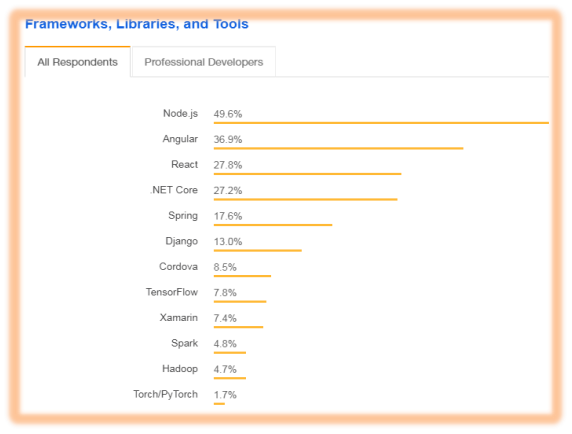
Well, if the statistics have left you with the impression that Node.js is better than AngularJS, then you should stop thinking that way right now. It all depends upon your project type, requirements and nature. But yes, one reason that is common and responsible behind being the top choice for two consecutive years is indubitably JavaScript.
That being said, you, either as a full stack developer or a brand looking for web development, cannot choose both the platforms together; one has to be put over and above the other. So, let’s ease down that process with the help of a rich discussion.
Introduction to AngularJS
Launched by Google in 2009, AngularJS is an open-source, client-side framework used for building single-page applications as well as applications with separate functional layers.
It binds data using Expressions and extends HTML attributes with Directives. This, in turn, helps developers in adding dynamic views to web apps. Further, its MVW architecture facilitates data-driven, interactive web apps, making it a favourable choice and a highly preferred JavaScript framework.
Must Read : In-Depth Guide To Angular Performance Tuning: Optimize Your Apps For Maximum Performance And Scalability.
Let’s look out for some key features of Angular:
MVC (Model-View-Controller)
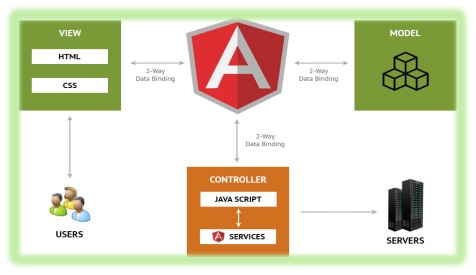
It is integrated with a dynamic and easy-to-use MVC framework, which makes it easier for developers to build client-side web applications. All you have to do is split the application into MVC and the rest is handled automatically. This saves up a significant amount of time in coding.
Two Way Data-Binding
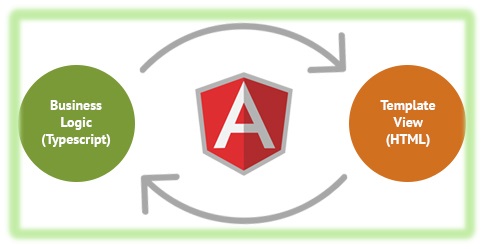
Data binding in AngularJS is a two way street, meaning that the view layer of the architecture is always an exact representation of the model. Unlike other applications, the model and view layers are continuously updated to remain in sync with one another. Thus, any changes made in the model layer will automatically be reflected in your view layer and vice versa.
Unit Testing
The AngularJS team ensures that any code written in JavaScript accompanies a strong set of tests. Thus, they have designed AngularJS with testability in mind which makes room for easy and fast testing. So there’s no excuse for not doing it.
The code is divided into the smallest testable parts called units which help in easy detection of flaws or mistakes in each line of the code.

Introduction to Node.js
Node.js is an open-source server framework that runs on a variety of platforms including Windows, Mac OS X, Linux, and Unix.
It is built on Google Chrome’s V8 JavaScript engine and has features like event-driven and non-blocking I/O model, which, in turn, makes it lightweight and efficient.
In layman language, it is an ideal framework for developing server-side, data-intensive and scalable web apps.
Must Read : How Can Node.Js Development Fuel Your Growth
Let’s look out for some key features of Node.js:
Asynchronous and Event Driven
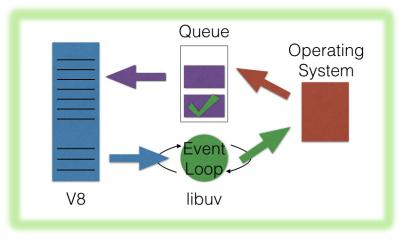
All APIs of Node.js library are asynchronous, that is, non-blocking. It essentially means a Node.js based server never waits for an API to return data. The server moves to the next API after calling it and a notification mechanism of Events of Node.js helps the server to get a response from the previous API call.
Super Fast
Being built on Google Chrome’s V8 JavaScript Engine, Node.js is super efficient and quick in code execution.
Server Development
Node.js has incredible in-built APIs using which developers can easily make different kinds of servers like DNS server, TCP server, HTTP server, and more.
Yes, this isn’t enough to make a decision or a choice. Let’s narrow down a bit more:
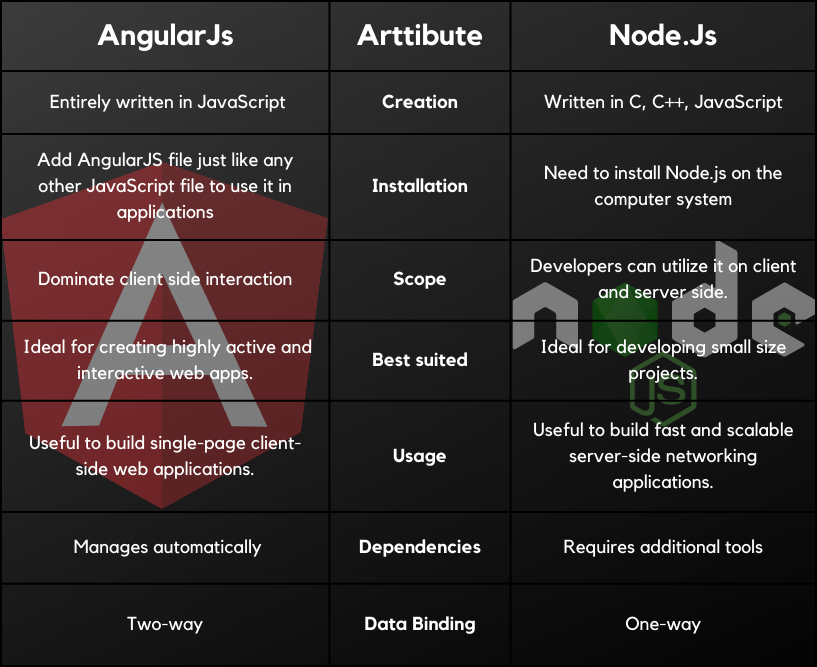
So, are we getting close? I guess we are.
Also Read: The Top Three Node.Js Content Management Systems
In a nutshell…
Node.js is a run-time environment, while Aangulr is a client-side framework. This means one can develop isomorphic applications by integrating Node.js and Angular frameworks. In fact, both of them can be used as primary components in MEAN Stack Development – it just depends on the type of project you are dealing with and returns you are expecting out of your application.
Don’t blame us for being diplomatic, we love both the frameworks equally.
2500+
Project Launched
20+
Years of Experience
250+
Skilled Professionals
60+
Days of Free Support


